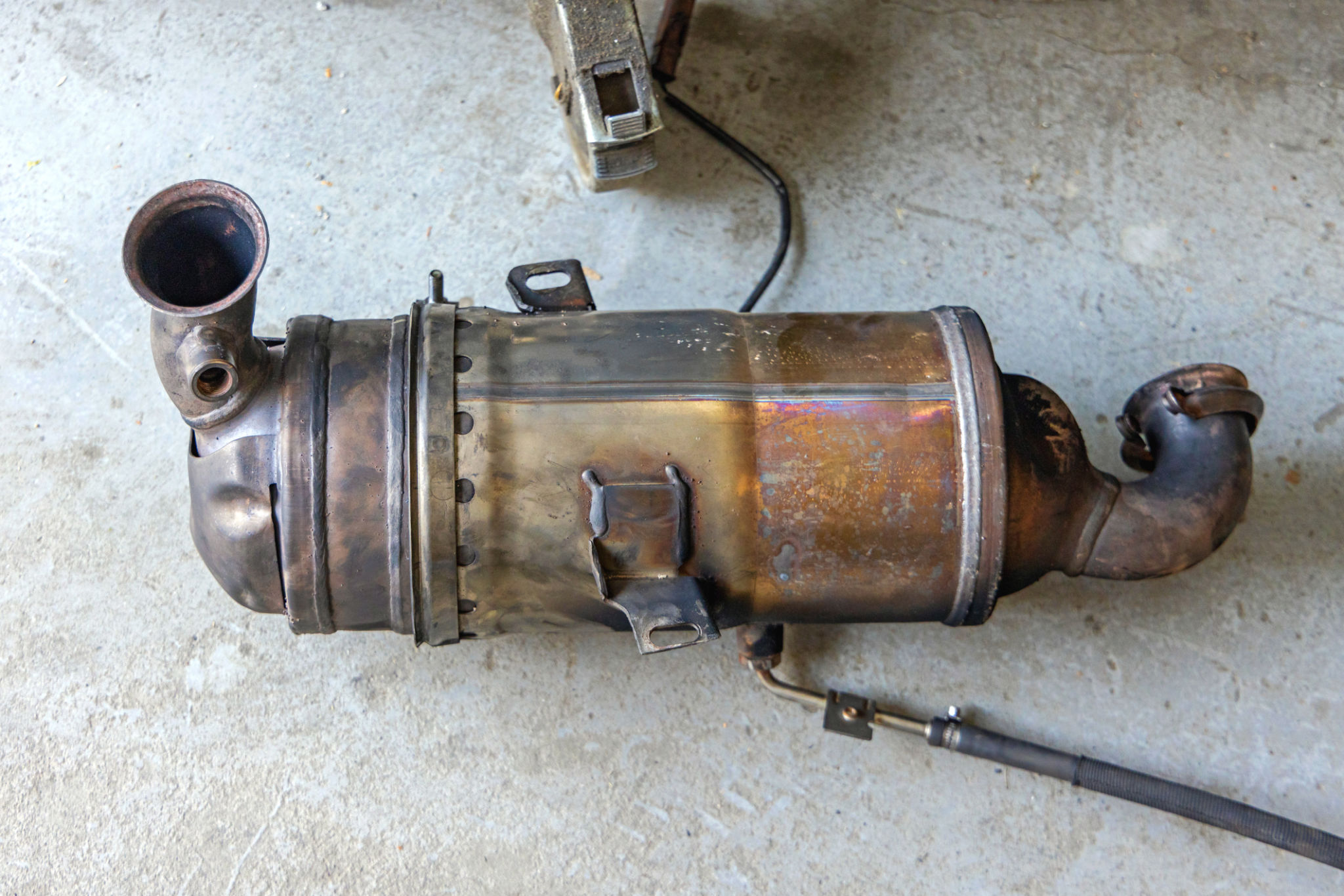Comparing DPF Cleaning Methods: Which is Right for Your Vehicle?
Introduction to DPF Cleaning
Diesel Particulate Filters (DPFs) are essential components in modern diesel engines, designed to trap and store exhaust soot to reduce emissions. Over time, these filters become clogged and require cleaning to maintain vehicle performance and efficiency. However, choosing the right cleaning method can be challenging. In this post, we'll explore various DPF cleaning methods to help you decide which is best for your vehicle.

Why is DPF Cleaning Necessary?
DPF cleaning is crucial for several reasons. A clogged DPF can lead to increased fuel consumption, reduced engine power, and even engine damage. Regular cleaning ensures that the filter functions effectively, maintaining optimal vehicle performance and complying with emissions regulations. Understanding the different cleaning methods can help you make an informed decision.
Passive Regeneration
Passive regeneration occurs automatically when the vehicle is driven at high speeds for extended periods. The high exhaust temperatures naturally burn off accumulated soot, cleaning the filter without any manual intervention. This method is ideal for vehicles that frequently travel long distances on highways.
Pros and Cons
- Pros: No downtime or additional costs involved.
- Cons: Ineffective for vehicles primarily used for short trips or city driving.

Active Regeneration
Active regeneration involves the vehicle's engine management system increasing the exhaust temperature through post-combustion fuel injection. This process helps burn off soot deposits, cleaning the DPF without requiring driver intervention. It's a common feature in many modern diesel vehicles.
Pros and Cons
- Pros: Convenient and automatic.
- Cons: Can increase fuel consumption and may not be suitable for all driving conditions.
Forced Regeneration
Forced regeneration is a manual process carried out by a mechanic using specialized equipment. This method involves connecting the vehicle to a diagnostic tool that initiates the regeneration process, elevating exhaust temperatures to clear the filter.

Pros and Cons
- Pros: Highly effective for heavily clogged filters.
- Cons: Requires a visit to a service center and can be costly.
Off-Vehicle DPF Cleaning
This comprehensive method involves removing the DPF from the vehicle and using professional cleaning machines to restore it to optimal condition. Techniques such as air blasting or ultrasonic cleaning are employed to ensure thorough cleansing.
Pros and Cons
- Pros: Extremely thorough, restoring the DPF to near-new condition.
- Cons: Time-consuming and often the most expensive option.
Choosing the Right Method
Your choice of cleaning method should depend on your driving habits, the severity of the clogging, and your budget. For those who frequently drive long distances, passive or active regeneration may suffice. However, for heavily clogged filters or vehicles primarily used in urban areas, forced or off-vehicle cleaning might be necessary.

In conclusion, understanding the various DPF cleaning methods and their advantages and disadvantages can help you maintain your vehicle's performance and longevity. Regular maintenance and choosing the appropriate cleaning method can ensure your diesel engine runs smoothly and efficiently while minimizing environmental impact.
